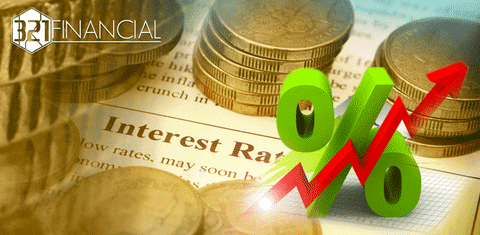In general, the farm economy is faring well so far into 2023—but there’s no lack of interest in the future. Literally.
Farmers are feeling the heat from higher interest costs, which are showing up as loans with rates 3.5 to 4.5 percentage points higher to start 2023 compared to the end of 2021.
ICY(Somehow?)MI: The Fed has raised the federal funds rate 10 times since March 2022. Most recent was a quarter percentage point jump.
Ag lending (and spending) on Ice: The Fed’s rate decisions have a stout impact on ag. Farmers’ break-even (to cover investments) increases, debt capital costs rise, and asset values can drop as a result of higher interest rates.
There’s also time delay between interest rate increases and inflation response. AKA, surprises in store. In the short term, the ag industry still faces supply chain challenges that impact prices across the industry.
By the numbers:
- About 75% of first-quarter new loans had interest rates topping 7%
- First quarter total operating loan volumes were roughly 15% lower than the decade average
- More than half of farm loan rates were below 5% between 2011 and 2020
Where this goes: The Fed has a way with words, and they’re swapping one of the precious few they have on this topic from “anticipating” to “determining” if further rate hikes are necessary. U.S. interest rate futures prices reflect the market’s belief that the Fed’s rate hikes are going out of style—and hopefully not coming back stronger than a 90s trend.

